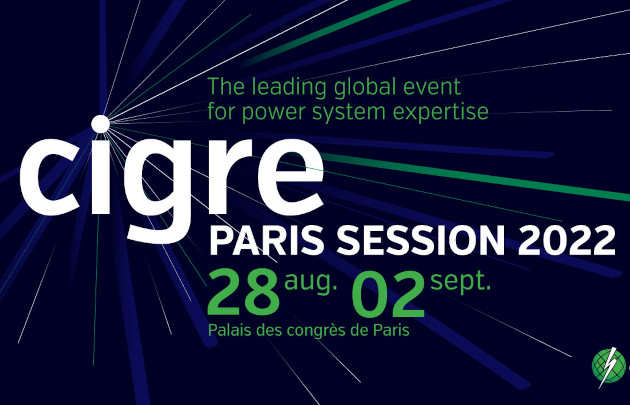SuperGrid Institute’s technical contributions to the CIGRE 2022

Only a few days left until the CIGRE Session 2022! We will be making several appearances in the conference’s technical programme, sharing our innovations around HVDC & MVDC technologies. To make sure you don’t miss any of our contributions, here is a short summary:
Poster sessions, Hall Ternes (Level 1)
Monday 29th of August:
- “Distributed subsea substation for ORE collection architectures and compliance with normative references”. The purpose of this work is to introduce and assess the operations of the so-called “Fishbone” architectures from a switchgear point of view.
Tuesday 30th of August:
- “Integration of power flow controllers in HVDC grids”. This work discusses different DC busbar arrangements with power flow controllers (PFC) to control current distribution in DC grids and selects a circuit that provides good availability, moderate costs and enables the insertion, bypass and grounding of the PFC. The simulation results show that the proposed circuit and sequences make it possible to smoothly insert, bypass and ground the PFC while the HVDC grid is in operation and that the realisation of the busbar arrangement is technically feasible.
- “Unidirectional step-up isolated DC-DC converter for MVDC electrical networks”. This article focuses on the DC-DC converter for MVDC electrical networks. A classification of DC-DC converters is proposed. A 20 MW ±10 kV radial MVDC network is defined. Three unidirectional step up, isolated and monolithic DC-DC converter topologies are discussed focusing on the output filter design (LC, C or CL). A simulation model of the case study MVDC network and the DC-DC converters is presented. Simulation results are presented in steady state and fault conditions.
- “Transient Stability Enhancement through the control of embedded HVDC transmission systems. Grid2030 RITSE project”. Power transmission systems around the world are undergoing important changes, mainly driven by the need to increase the integration of renewable energies. To meet the technical challenges emerging with this evolution, a major upgrade of the system is required for which HVDC technology is key enabler. It has also been recognised that to fully exploit the advantages of HVDC systems, they must incorporate advanced functionalities for supporting the surrounding grid (i.e., additional to transmission capacity). This paper proposes a Wide Area Measurements Systems-based supplementary controller for utilising HVDC links to enhance the electromechanical transients in hybrid AC/DC interconnections.
Group Discussion Meetings
Our experts will also contribute to several Group Discussion Meetings during the conference: Power flow control in a AC-DC grid, DC protection interoperability and DCCB standardisation, HV DC-DC converter structures and related degrees of freedom to reduce losses, DC Power Flow Controller device, future grid codes…
Feel free to contact us or to come to our Stand 202 (Level 2) if you have any further questions on the topics discussed during the session!


